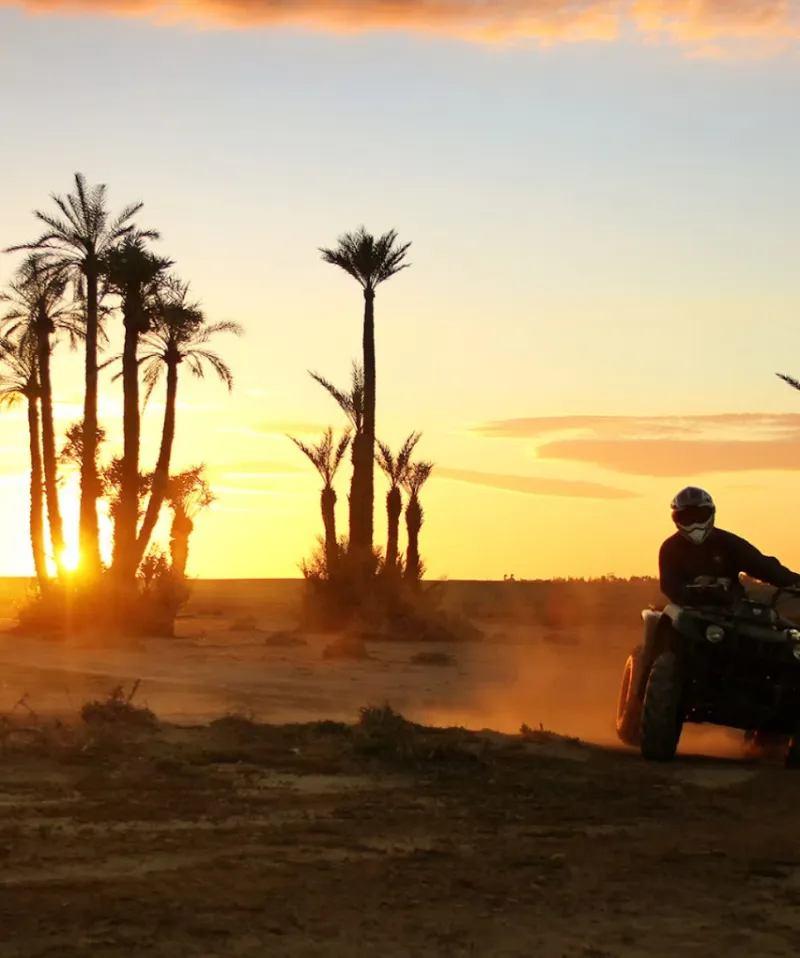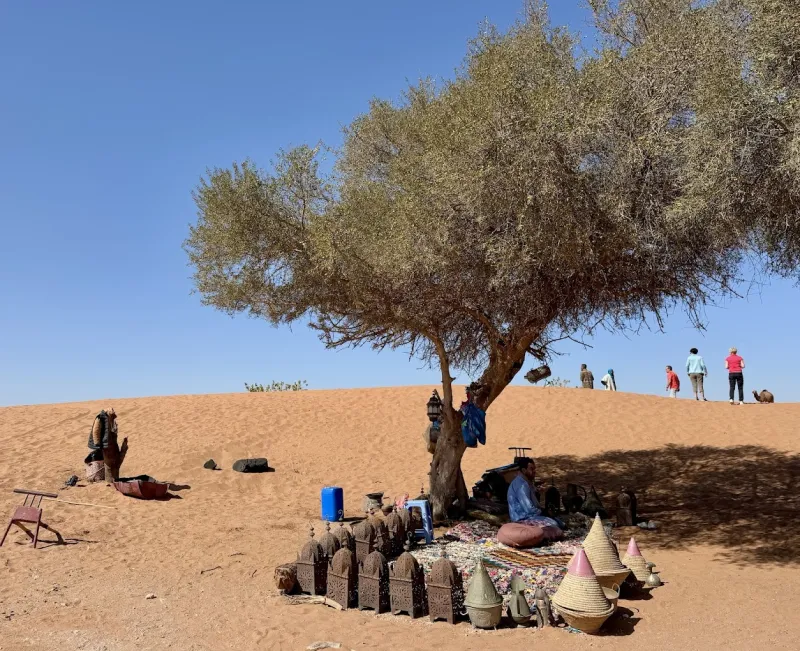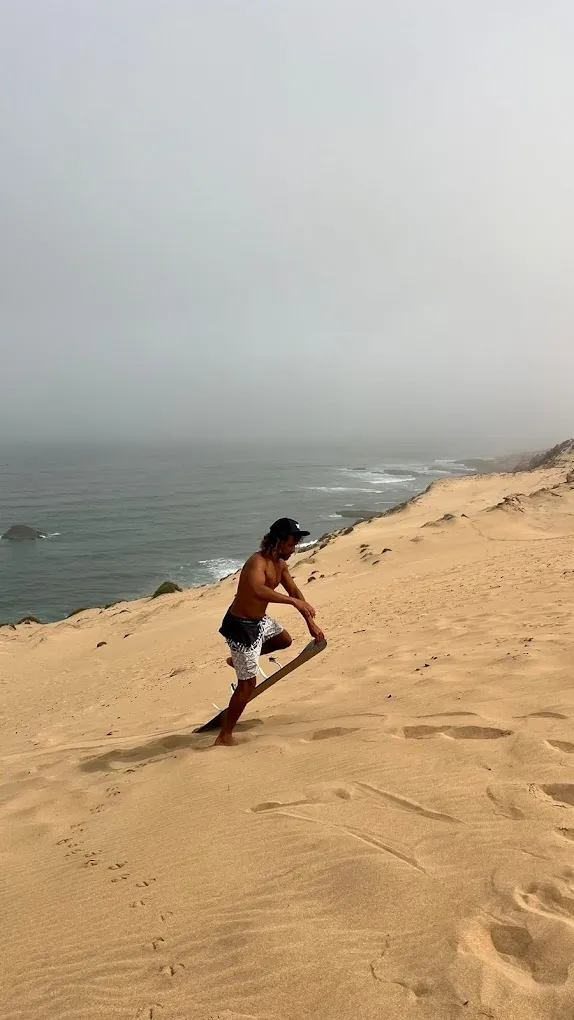Tanneries de Fes: Unveiling the Timeless Art of Moroccan Leather Craftsmanship
08 مارس 2025The tanneries de fes are among the most iconic and enduring symbols of Fes’s rich heritage, offering a rare glimpse into an age-old tradition that has defined Moroccan craftsmanship for centuries. Nestled within the ancient medina, these bustling tanneries are not only a vital part of the local economy but also a living museum where generations of artisans have perfected the art of leather production. As you wander around these historic sites, the vivid colors, pungent aromas, and rhythmic sounds of leather being worked provide an immersive experience that connects you directly with the soul of Fes.
A Journey Through History
Ancient Origins and Cultural Legacy
The history of the tanneries de fes dates back several centuries. Fes, one of Morocco’s oldest cities, has long been renowned for its leather goods—a reputation that has been built on the mastery of traditional techniques passed down through generations. The tanneries in Fes have evolved over time while preserving the essence of the artisanal processes that were established during the medieval period. This deep-rooted tradition not only reflects the city’s historical significance but also plays a crucial role in shaping its cultural identity.
Historically, the tanneries were essential to the local economy, providing raw materials for a thriving trade in leather goods, such as babouches (traditional slippers), belts, bags, and intricately decorated garments. Today, the tanneries de fes continue to serve as a bridge between the past and the present, where the time-honored practices of leather tanning are showcased in all their vibrant detail.
The Art and Science of Leather Tanning
Traditional Techniques and Natural Processes
At the heart of the tanneries de fes is an intricate process that transforms raw animal hides into beautiful, durable leather. The process begins with the careful cleaning and soaking of hides, followed by a series of treatments involving natural dyes and tannins extracted from local plants. These methods, developed over centuries, rely on environmentally sustainable practices and remain largely unchanged despite the passage of time.
Artisans meticulously work on each hide by hand, ensuring that every piece of leather is treated with precision and care. The distinctive colors—ranging from deep reds and rich browns to vibrant blues and greens—are a result of both the natural materials used and the skill of the craftsmen. Watching the transformation of hides into polished leather is a captivating process, one that highlights the synergy between tradition, nature, and human ingenuity.
The Role of Artisans
The success of the tanneries de fes lies in the expertise of the local artisans. These craftsmen and craftswomen dedicate their lives to mastering the techniques of tanning and leatherworking. Their work is characterized by an attention to detail and a commitment to preserving age-old traditions. Each step of the process, from the initial soaking of the hides to the final finishing touches, is carried out with a deep sense of pride and responsibility, ensuring that the legacy of Moroccan leather craftsmanship is passed on to future generations.
Cultural and Economic Significance
A Pillar of Local Heritage
The tanneries de fes are more than just industrial sites—they are living cultural landmarks that contribute to the vibrant tapestry of Fes. The tanneries are an integral part of the medina, attracting both locals and tourists who are eager to witness the traditional methods of leather production in action. They provide a unique opportunity to observe the interplay of tradition and innovation, where modern challenges are met with techniques honed over centuries.
Economic Impact and Global Reputation
Leather goods produced in Fes have earned international acclaim for their quality and distinctive style. The tanneries de fes support a thriving local industry that supplies artisanal products to markets around the world. This global reputation for excellence not only boosts the local economy but also helps preserve traditional practices in a rapidly modernizing world. By supporting these tanneries, visitors contribute to sustaining a heritage that is both economically significant and culturally invaluable.
Experiencing the Tanneries de Fes: A Visitor’s Guide
What to Expect
Visiting the tanneries de fes is a sensory adventure. The experience is characterized by the intense, earthy aromas of tanning mixtures, the sight of vats filled with vividly colored dyes, and the sounds of artisans at work. Two of the most famous tanneries in Fes are the Chouara Tannery and the Saffarin Tannery, both of which offer a fascinating insight into the leather-making process.
Chouara Tannery: Often the first stop for visitors, Chouara Tannery is one of the oldest and largest tanneries in Fes. From its elevated viewing platforms, you can take in panoramic views of the tanneries below, where countless vats and piles of hides create a mesmerizing mosaic of colors and textures.
Saffarin Tannery: Known for its slightly different techniques and vibrant atmosphere, Saffarin Tannery provides an equally engaging perspective on the leather-making process. It is an ideal spot to observe the more detailed aspects of tanning and the artistry behind the final product.
Guided Tours and Educational Experiences
For a deeper understanding of the tanneries de fes, consider joining a guided tour. Expert guides can provide historical context, explain the nuances of the tanning process, and share fascinating stories about the artisans who keep this tradition alive. Many tours also include visits to local workshops and markets where you can see how the finished leather is transformed into exquisite products.
Tips for a Meaningful Visit
Best Times to Visit
To fully appreciate the tanneries de fes, it is advisable to visit early in the day. Morning visits not only provide a cooler and more comfortable experience but also allow you to observe the tanneries as they come to life, with the first batch of hides being processed and dyed.
What to Bring
Camera: The visual spectacle of the tanneries is truly unique, so be sure to bring a camera. However, remember that photography might be restricted in certain areas for privacy or safety reasons.
Comfortable Footwear: The medina’s narrow, sometimes uneven pathways require comfortable walking shoes.
Respectful Attire: Dress modestly in keeping with local customs to show respect for the artisans and the heritage of the area.
Navigating the Medina
The tanneries are located within the bustling heart of Fes’s ancient medina. Navigating the labyrinthine streets can be an adventure in itself. Consider hiring a local guide or using a reliable map to help you find your way through the winding alleys.
Preservation and the Future of the Tanneries
Balancing Tradition with Modernity
The tanneries de fes face challenges in the modern era, including environmental concerns and the pressures of global market trends. However, many local initiatives are dedicated to preserving these traditional practices while also embracing sustainable techniques. Efforts are underway to minimize environmental impact through the use of natural dyes and improved waste management practices, ensuring that this ancient art can continue to thrive in the future.
Community and Cultural Pride
The preservation of the tanneries is a source of immense pride for the local community. By continuing to support these traditional industries, both locals and visitors contribute to a living heritage that reinforces the cultural identity of Fes. The commitment to maintaining the tanneries de fes not only honors the past but also inspires future generations of artisans to carry forward these cherished traditions.
Conclusion: Embrace the Legacy of the Tanneries de Fes
The tanneries de fes are a window into a world where tradition, art, and industry converge to create something truly extraordinary. They encapsulate the spirit of Fes—resilient, vibrant, and deeply rooted in history. Whether you are an avid traveler seeking an authentic cultural experience or simply curious about the ancient techniques that produce Morocco’s renowned leather goods, a visit to the tanneries in Fes is an unforgettable journey into the heart of Moroccan craftsmanship.
Step into this fascinating world, observe the meticulous processes that transform raw hides into works of art, and let the energy and passion of the artisans inspire you. The tanneries de fes are not just a destination—they are a living testament to the enduring legacy of Morocco’s cultural and artistic heritage, a legacy that continues to shape the identity of Fes and captivate the hearts of all who visit.
Hi, I'm Camila Elise. I'm a passionate writer and design enthusiast at rents.ma, blending modern insights with the timeless elegance of Moroccan culture. Join me as I explore innovative ideas to transform your living space into a true reflection of your style.




